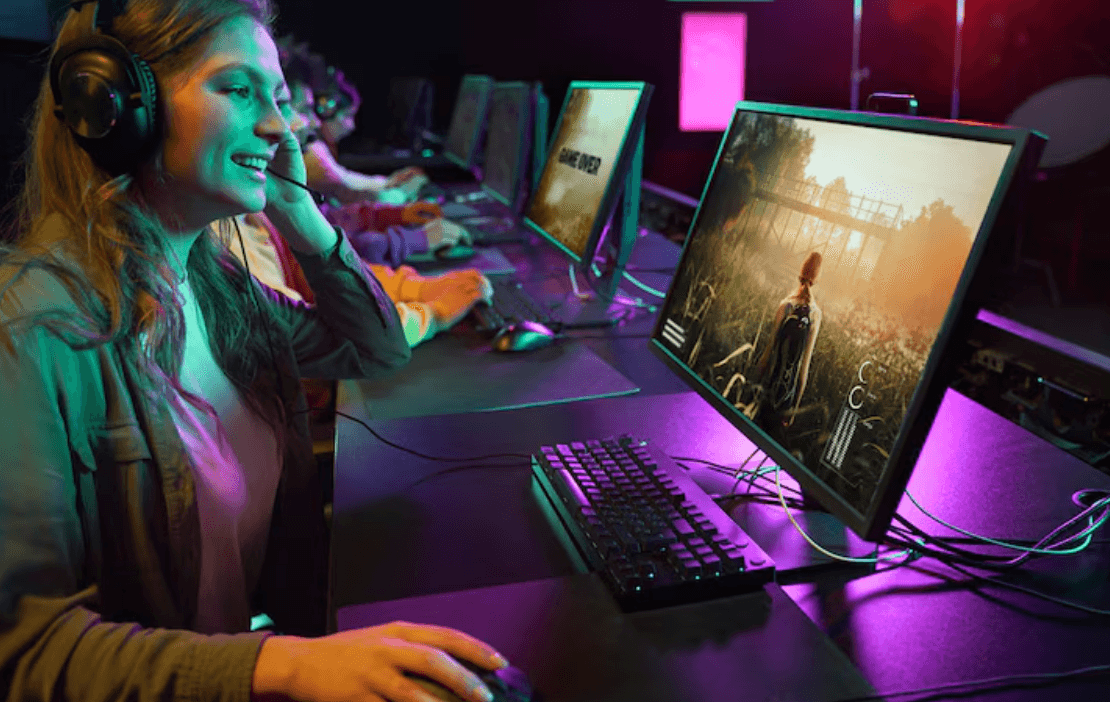Building your first gaming PC can feel like a techy rite of passage. But with ever-evolving parts, brands, and buzzwords, it’s easy to feel overwhelmed—especially in 2025, when DDR5 RAM, ray tracing, and AI-optimized GPUs are everywhere.
This guide breaks down the process into simple steps so you can confidently build a gaming PC that suits your needs, style, and budget.
Why Build Instead of Buy?
Buying a prebuilt PC is definitely faster. But building your own:
Saves money
Lets you pick every part
Teaches you how everything works
Makes upgrades easier in the future
And let’s be honest—it’s fun.
Step 1: Define Your Goals and Budget
First, decide what kind of games you want to play and at what quality:
1080p gaming (entry-level): Perfect for esports, indie games, and older titles.
1440p or VR (mid-tier): Great for modern AAA games with high settings.
4K or high-refresh (high-end): For ultra-smooth or ultra-detailed experiences.
A general budget breakdown for 2025:
Entry-level: $800–$1,000 USD
Mid-range: $1,200–$1,500
High-end: $2,000+
Step 2: Choose the Right Components
Here’s what you’ll need (with 2025 suggestions):
1. CPU (Processor)
Your PC’s brain. Choose based on multitasking and gaming needs.
Budget: AMD Ryzen 5 7600 or Intel Core i5-13400F
Mid: AMD Ryzen 7 7800X3D or Intel Core i5-14600K
High-end: Intel Core i9-14900K or AMD Ryzen 9 7950X3D
2. GPU (Graphics Card)
Handles the visuals. This is the most important part for gaming.
Budget: NVIDIA RTX 4060 or AMD RX 7600 XT
Mid: RTX 4070 Super or RX 7800 XT
High-end: RTX 4090 or RX 7900 XTX
3. RAM (Memory)
Helps with multitasking and loading.
Minimum: 16GB DDR5
Recommended: 32GB DDR5 at 6000 MHz+
4. Storage
Faster = better. SSDs are a must in 2025.
Primary: 1TB NVMe Gen4 SSD
Optional: Additional 2TB HDD for extra storage
5. Motherboard
Connects everything. Make sure it matches your CPU socket (e.g., AM5 or LGA1700).
- Look for features like Wi-Fi 6E, PCIe 5.0, and USB-C.
6. Power Supply (PSU)
Stable power = stable performance.
Wattage: 650W to 850W depending on GPU
Efficiency: 80+ Gold or better
Trusted brands: Corsair, Seasonic, EVGA
7. Case
Aesthetic + airflow.
Mid-tower ATX cases are standard
Popular brands: NZXT, Fractal Design, Lian Li
Look for good airflow and cable management
8. Cooling
Modern CPUs often need more than stock fans.
Air coolers: Noctua NH-D15, DeepCool AK620
AIO liquid coolers: NZXT Kraken, Corsair iCUE
Step 3: Assemble It
If it’s your first build:
Watch step-by-step YouTube guides (try Linus Tech Tips or JayzTwoCents)
Read your motherboard manual carefully
Take your time and don’t force any parts
Static electricity can damage components—ground yourself or wear an anti-static wrist strap.
Step 4: Install Software and Drivers
Install Windows or Linux via USB stick
Install drivers (GPU, motherboard chipset, etc.)
Download game platforms like Steam, Battle.net, or Epic Games Launcher
Use free tools like MSI Afterburner to monitor performance and temps
Optional Extras
Monitor: Pair your GPU with the right display. 144Hz at 1440p is a great sweet spot.
Keyboard/Mouse: Mechanical keyboards and high-DPI mice improve responsiveness.
Headset or Speakers: Sound quality matters, especially for immersive games.
Helpful Tools and Communities
PCPartPicker.com – Build compatibility checker
Reddit r/buildapc – Great for questions and part reviews
Gamers Nexus & Digital Foundry – In-depth performance testing and hardware reviews

